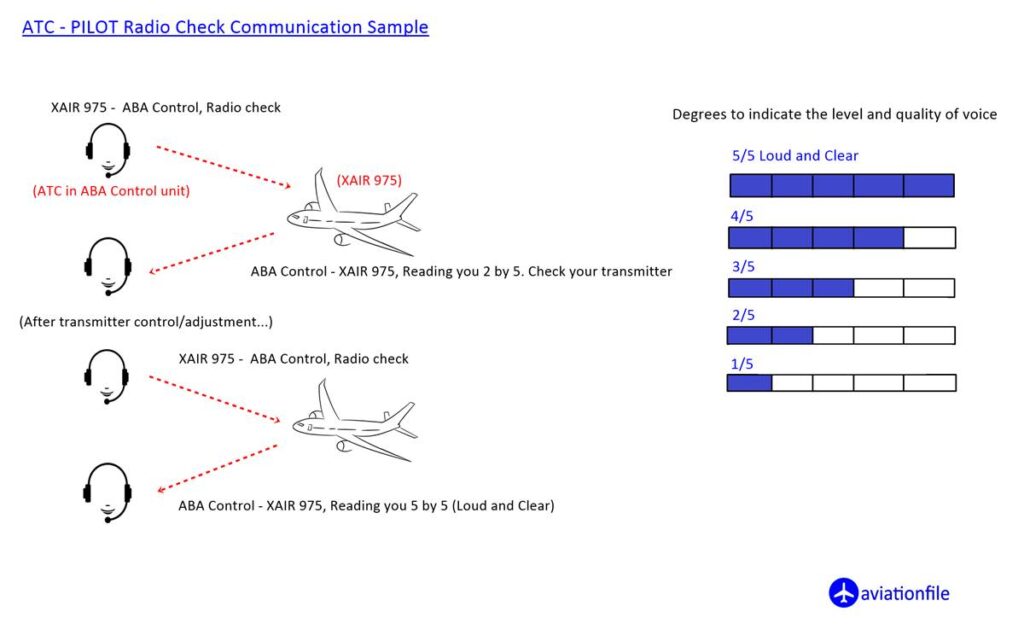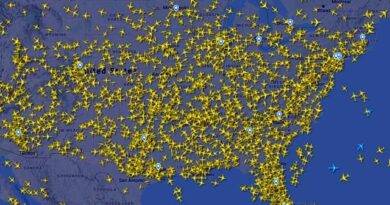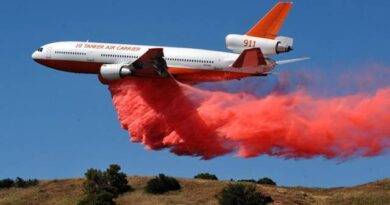Blocked Transmission Between ATC and Pilot
Blocked transmission between Air Traffic Control (ATC) and a pilot can occur when there is a communication failure or interference that prevents the two parties from effectively communicating with each other. This type of situation can pose a serious safety risk for air traffic and the passengers onboard.
There are various reasons why transmission between ATC and a pilot can become blocked. One possible cause is radio interference, which can occur due to weather conditions, terrain, or other electronic devices. In some cases, a pilot may also accidentally tune into the wrong frequency or not hear ATC transmissions due to a technical problem with their headset.

Incase of Communication Failure
Blocked transmissions between ATC and a pilot can be addressed through established procedures and protocols. The International Civil Aviation Organization (ICAO) has developed standardized procedures for pilots and ATC to follow in the event of communication failure. These procedures typically involve establishing a secondary communication method such as using a different radio frequency or communicating through a visual signal.
In addition, pilots and ATC undergo rigorous training to prepare for communication failures and other emergencies. They are taught to remain calm and professional while quickly taking necessary actions to ensure the safety of the aircraft and its passengers.
Enhancing Aviation Safety: The Role of Radio Communication Technology
Effective communication between Air Traffic Control (ATC) and pilots is the backbone of aviation safety. Radio communication technology, especially through Very High Frequency (VHF) channels, ensures reliable, real-time exchanges of critical information. VHF operates between 118.0 and 137.0 MHz, allowing long-distance transmission with minimal interference, making it the standard for aviation communications.
In recent years, advancements in communication technology have further strengthened safety protocols. Satellite-based systems, such as the Controller-Pilot Data Link Communications (CPDLC), enable text-based messaging between pilots and controllers, reducing the risk of miscommunication in high-traffic areas. Data link technologies also provide seamless connectivity, ensuring redundancy and clarity even in challenging environments.
These innovations not only enhance operational efficiency but also minimize disruptions caused by blocked transmissions, paving the way for safer skies.
In conclusion, blocked transmissions between ATC and pilots can occur due to various reasons and can pose a serious safety risk. It is important for pilots and ATC to be trained in established procedures to address communication failures quickly and effectively to ensure the safe operation of air traffic.
References and Further Reading:
- International Civil Aviation Organization (ICAO). (2016). Annex 10 – Aeronautical Telecommunications: Radio Frequency Spectrum Utilization. Retrieved from https://www.icao.int/publications/pages/doc8643.aspx
- Federal Aviation Administration (FAA). (2022). Air Traffic Control. Retrieved from https://www.faa.gov/air_traffic/
- www.aviationfile.com


